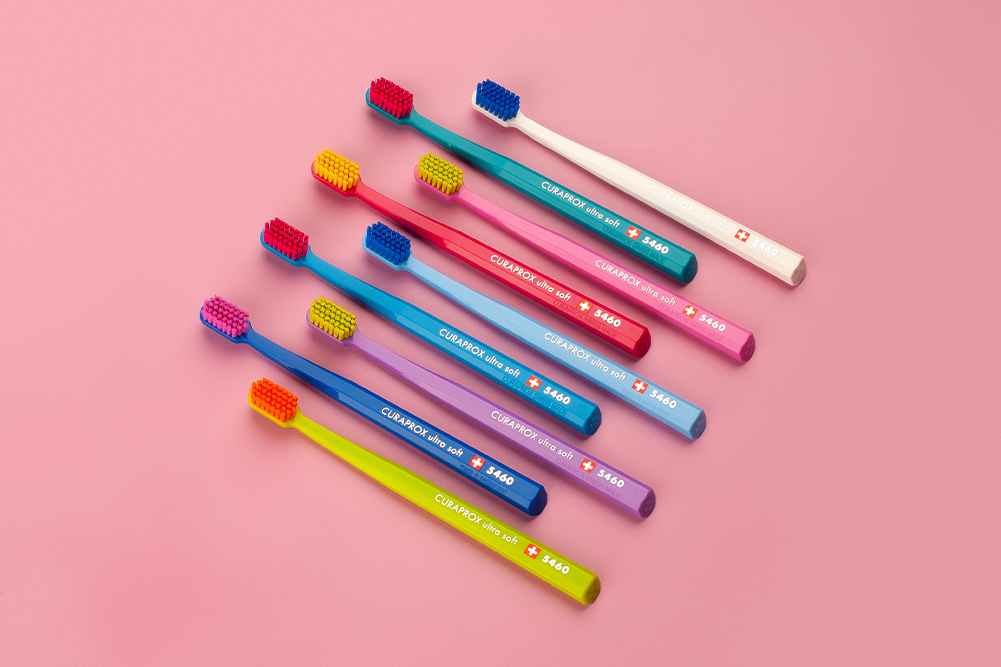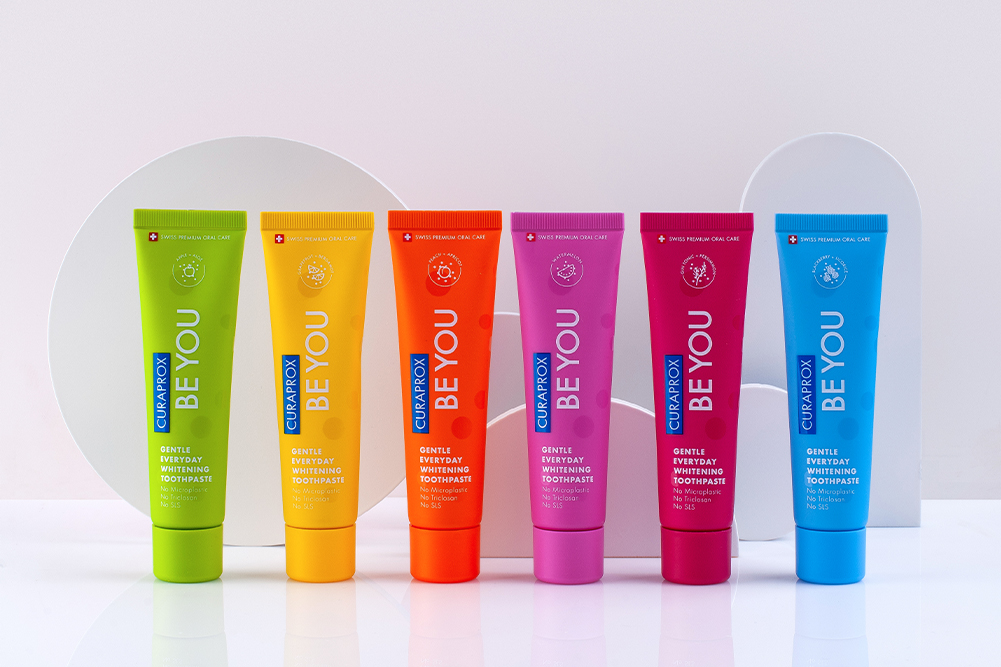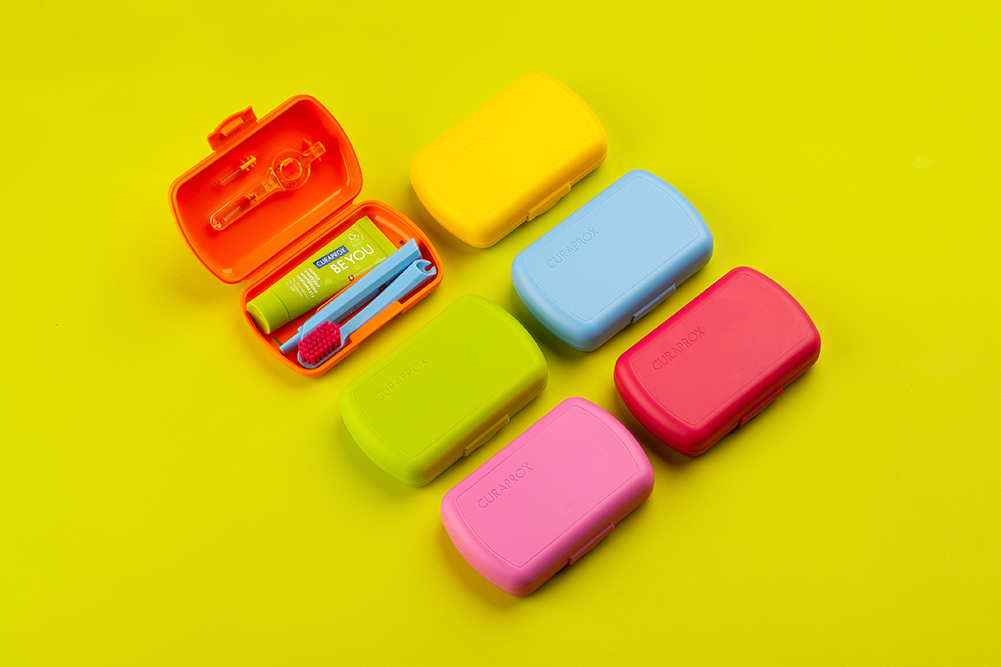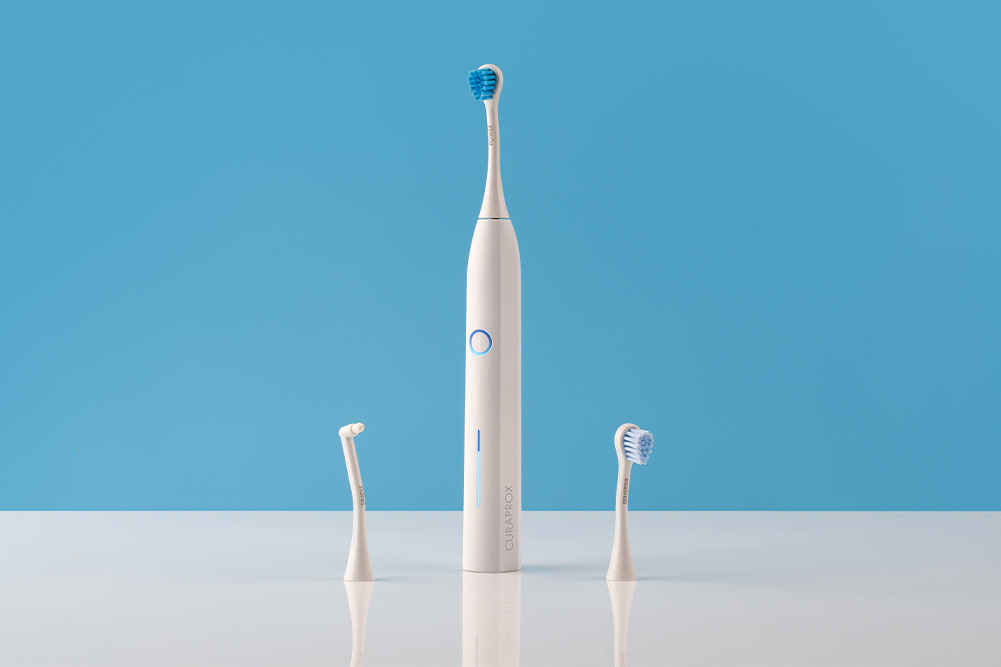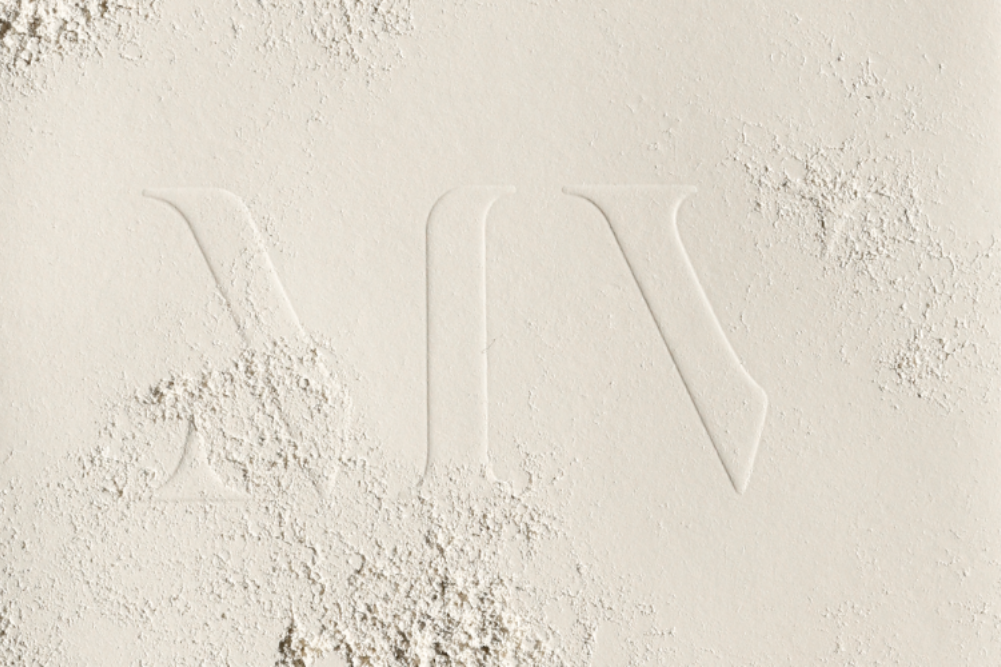Junkfood for the skin
“Consumers believe, ‘If it’s on the market, it can’t hurt me.’ And this belief is sometimes wrong.” — Director of FDA’s Office of Cosmetics and Colors (FDA 1998)
Silicones add a silky smoothness to creams, and sulphates create the perfect lather, but such tactile satisfaction is deceiving. Give it 10 minutes after application and these ingredients will dry out both the skin and hair, robbing them of their natural oils. Not to mention the impact they may have on your wellbeing over time. Although authentic natural and organic ingredients and products exist in the market, thousands of less expensive, mass-produced synthetic chemicals pervade the market — and often our bodies.
Pictures of green pastures and lavender fields, and names of sumptuous fruits and exotic plants decorate the labels of jars and bottles in the supermarkets and pharmacies, tantalising the innocent customer who trusts the claims that the product contains these “natural” ingredients. If it wasn’t, it would be false advertising and that would be illegal, wouldn’t it? Someone must be regulating this, right?
In fact, the cosmetics industry is self-regulated. Cosmetics companies have a wide scope of poetic licence to call their products what they desire, even if it’s misleading. To boot, they posses unlimited access to and use of a veritable smorgasbord of unhealthy and untested chemicals.
The 1938 Food, Drug and Cosmetic Act (which retains the archaic view that the skin is impermeable to anything applied to it) needs to be amended to grant consumers and health-conscious authorities to demand pre-market safety testing for all cosmetic ingredients.
As it stands, 89 per cent of the 10,500 ingredients used in the cosmetics industry today have never been evaluated for safety by any publicly accountable institution. Narelle Chenery, founder of Australia’s first organic skincare range, Miessence, says: “Once a product is on the market, the burden of legal proof required for its removal is extremely high and, since health problems associated with toxic overload are often latent occurrences, it’s very difficult to prove causation. Therefore it’s nearly impossible to remove a potentially dangerous ingredient or product.”
Medical research now shows that significant amounts of cosmetic ingredients penetrate the skin and end up in the bloodstream. Potential carcinogens (cancer-causing), mutagens (DNA-altering) and teratogens (causing abnormal cells in foetal growth) are just some of the not-so-pretty chemicals lurking in these feel-good “beauty” products.
It’s fair to say you probably won’t become seriously ill (although headaches, skin irritations and allergic reactions to chemicals in products especially fragrance can be instant) from several exposures to a toxic ingredient in a product, but the concern lies in the cumulative effect of using multiple products in cosmetics and personal care products.
Studies show that women use, on average, nine personal care and cosmetic products daily, each containing up to 126 unique chemical ingredients. Those working in the beauty care industry (often in poorly ventilated spaces) are consistently exposed to some of the worst kinds of chemicals. Toxicologist Peter Dingle says hair and nail products contain some of the most toxic ingredients.
In a study of more than 58,000 hairdressers, manicurists and cosmetologists conducted by the University of California it was revealed that people in these professions developed cancer at four times the rate of the general population. Dingle adds: “Although companies assure us the chemicals known to be toxic are in amounts too small to cause harm, no one knows the long-term and cumulative effects. What’s more, we don’t know how toxic these substances are when they’re combined with other ingredients in the product.”
Skin is not a raincoat
The skin is a barrier to the outside world. It’s the first line of defence from invading allergens and organisms and does a very good job. However, when the skin is broken through injury or insult, its defence system becomes compromised and whatever it encounters, from germs and other microbes to chemicals in skincare, can penetrate and enter the body. Even when intact, skin is not impermeable.
The skin is the body’s main eliminatory organ. It makes sense that if we can lose sweat and toxins through our pores, surely we can take substances in via the same route. Nicotine and hormone patches are being used successfully through trans-epidermal delivery. Other ingredients found in cosmetics are called “penetration enhancers” and they work by helping ingredients pass through the skin’s surface layers in the hope of affecting the deeper layers of the skin. But what cocktail of ingredients are they letting through?
The EWG (Environmental Working Group) says 55 per cent of all products on the market contain penetration enhancers that can increase absorbency into the bloodstream. And 50 per cent of these products contain known or suspected carcinogens.
Depending on the size of the molecules in a formulation and the environment in which it is applied (heat and water both facilitate absorption, making it important that bath and shower products are “clean”), topical applications can be absorbed at impressive levels. Narelle says, “On average, we absorb between 1 and 10 per cent of bodycare products.” This doesn’t include some of the new and successful penetration enhancers in skincare products.
Skin testTo test the permeability of the skin, rub garlic on the back of the sole of your foot and you’ll be able to taste it in your mouth within 20 minutes. |
Decoding ingredients lists
Making sense of labels can be a minefield, starting with the long, puzzling lists of worrying ingredients. Then you need to sort the so-called “natural” from the truly natural and the so-called “organic” from the real organic. It takes a bit of sleuthing.
6 steps to decoding ingredient labels
1. It’s a legal requirement to list the botanical name of a plant on the ingredients list. For example, grapefruit essential oil must be listed as or alongside its botanical name, Citrus paradisi. If only “grapefruit oil” appears and no botanical name, it’s probably synthetic. Synthetic fragrances are some of the worst offenders. See Phthalates below.
2. Ingredients are listed in order of their concentration in a product. So make sure the clean, green, natural/botanical ingredients are at the top of the list.
3. Be wary of long scientific names — the ones that sound more like chemistry than biology. Use the internet if you’re unsure about an ingredient. Look up the EWG cosmetics database at www.cosmeticsdatabase.com to find out the toxicology profile of an ingredient. Take the list of “no go” ingredients (see below) with you to the cosmetics counter. Remember that not all ingredients with sciency-sounding names are toxic. Some may be quite benign.
4. If “natural” was the most used and abused word of the 90s, “organic” runs the same risk in this decade. The “organic” shampoo or moisturiser you’ve been using may contain as little as 1 per cent organic ingredients. The only way to be guaranteed a product is organic is if carries a certification stamp (See Beauty Police below).
On the other hand, there are companies which, though they may not meet the strict guidelines for certification, do make an effort to produce a cleaner product with less of the bad chemicals and a high percentage of organics. They may tell you the percentage of organic ingredients on the label or, alternatively, denote the ingredient that is organic with an asterisk.
5. Look beyond the claims of “sulphate-free”, or “paraben-free” on a product. Yes, some of these products may be clean, but there are many others on the market that use such claims to gain a marketing edge; while they may be free of those chemicals mentioned, they may have many other undesirables in their products.”
6. Be wary of “naturally derived”. Just because it was once natural, it doesn’t mean it still is. Natural means the raw ingredient remains unchanged, that it has not been changed by chemical means to become something different. Narelle says the trend today is to see long, unpronounceable chemical names followed by a phrase like “derived from coconut oil”.
Many “naturally derived” (read “synthetic”) ingredients have been manufactured via highly industrial chemical processes and a large number of the processing aids used and the impurities created during manufacture have been linked to health problems. For example, sodium laureth sulfate (which is usually claimed to be derived from coconuts) has been found to contain dangerous levels of ethylene oxide and 1,4-dioxane — both potent toxins.
The beauty police
The guarantee of a clean product is organic certification. There are many different certifying bodies both in Australian and internationally. Each carries its own standard of guidelines for a product to become certified. A “certified organic” claim means an independent third party guarantees the authenticity and integrity of every ingredient and it is independently regulated by certification bodies. For example, in Australia, the BFA holds the highest standard for certification: 95 per cent of the agricultural content in the product must be organic; the remaining 5 per cent must be natural.
What defines an organic ingredient and organic skincare?
Organic refers to ingredients that have been sustainably grown and cultivated without the use of harmful chemicals including pesticides, herbicides and artificial fertilisers, or genetic modification. In other words, no non-organic inputs. The general consensus among certifiers is that organic skincare should be defined by a high percentage of organic ingredients and be free of harmful chemicals and those from non-renewable resources such as petroleum-derived ingredients.
Synthetic chemicals are not allowed in certified organic products, with a few exceptions such as potassium sorbate, which is commonly used as a food preservative, and nature-identical minerals such as zinc oxide. Other certifying bodies in Australia include OFC and NASAA.
Beauty politics
“Organic skincare not only saves your body from chemical overload, but it also saves the environment,” says Catriona Macmillan from the Organic Consumers Association. It’s beauty with a conscience. With global warming and insufficient food, sustainable farming is the way of the future. Buying organic gives consumers a chance to make their contribution — to the environment, communities here and abroad (through buying Fair Trade) and also their own health. It also sends a message to less ethical companies. Shopping can be very political.”
What’s the difference between a natural, an organic and a biodynamic ingredient?
Natural ingredients are grown conventionally. While they still have nutritional value, they have probably been sprayed with pesticides and herbicides and come from compromised soils. They could also be genetically modified. Unfortunately, there is no certifying body for “natural” products, so while truly natural ingredients are healthier than the plethora of untested synthetic chemicals, one must read the ingredients lists to know how much authentic natural content there is.
The term “organic” refers to an ecological and sustainable farm management system that prohibits the use of genetic engineering, synthetic fertilisers and pesticides, antibiotics and artificial growth hormones. Organic agriculture is about growing plants in healthy soil with no chemical inputs. Organic ingredients are higher in nutrients than those conventionally produced.
Biodynamic farming is based on the philosophy of Rudolf Steiner, who launched the biodynamic farming movement in 1924. Steiner believed that a detailed, caring approach to farming would reveal nature’s living sources of health and renewal. Biodynamic farming is similar to organic in that it uses no synthetic fertilisers, pesticides, antibiotics or artificial growth hormones. However, it focuses on the health of the soil by observing lunar cycles and the cycles of the earth that effect seeding, propagating, growing and harvesting. The soil is enriched with special preparations. Biodynamic produce is rich in nutrients and the soils absorb more carbon than any other farming method. It’s a truly beautiful and sustainable way of farming.
Can natural ingredients be toxic, too?
Yes, cyanide is natural, but we have been using plants for thousands of years, so we have a very good understanding of their dangers and benefits. The skin is a living, breathing entity that has a far better affinity with the natural world from which we evolvedthan it has with manmade chemicals that are foreign to our bodies. Allergic reactions are far more common with synthetics than with natural ingredients, though they do occur.
Don’t go to the cosmetics counter without this list
Following are seven of the most concerning types of synthetic ingredients commonly found in beauty products.
1. 1,4-dioxane
A newly released study (2008) commissioned by the Organic Consumers Association in the USA revealed the presence of the carcinogenic contaminant 1,4-dioxane in leading “natural” and “organic” shampoos, baby soaps, body washes, lotions and other personal care and household cleaning products.
Should we be concerned? Here’s what some environmental and health regulators around the planet know about 1,4-dioxane:
1,4-dioxane is “known to the State of California to cause cancer” and is also suspected as a kidney toxicant, neurotoxicant and respiratory toxicant, among others, according to the California Environmental Protection Agency.
US federal regulation systems consider dioxane’s potency to be equivalent to or greater than that of many pesticides considered to be dangerous to human health. The levels of 1,4-dioxane found in many personal care products are 1000 times higher than those found to cause cancer in laboratory animals.
The US FDA states: “Skin absorption studies demonstrated that dioxane readily penetrates animal and human skin.”
According to Belgian & German regulators, a massive recall of a popular line of body care products designed for children was mandated because the product “presents a chemical risk to children because it contains 1,4-dioxane.”
So how do we avoid products that could be contaminated with 1,4-dioxane and other toxins? Go to your bathroom now and check your labels for ethoxylated surfactants contaminated with 1,4-dioxane and ethylene oxide. Look for anything with eth in the name: polyethylene glycol or PEG, polyethylene, polyoxyethylene, or a name ending with eth (eg sodium laureth sulfate), ceteareth or oleth.
2. Amine compounds
These chemicals combine with substances called nitrosating agents to form nitrosamines in cosmetic products. Nitrosamines have been identified as one of the most potent classes of carcinogens, having been found to cause cancer in more than 40 different animal species as well as in humans. NDELA is the specific nitrosamine “to which human exposure is the greatest”, since it occurs “in cosmetics” and is “absorbed readily through the skin”. Samuel Epstein (Professor of Environmental Health at the University of Illinois) says “repeated skin applications … of DEA-based detergents resulted in a major increase in the incidence of liver and kidney cancer”.
Look for any ingredients with the following words in them:
- MEA (monoethanolamine)
- DEA (diethanolamine)
- TEA (triethanolamine) eg coconut oil diethanolamine (from coconut)
- Cocamide MEA
- Cocamide DEA
- DEA-cetyl phosphate
- DEA oleth-3 phosphate
- Lauramide DEA
- Linoleamide MEA
- Myristamide DEA
- Oleamide DEA
- Stearamide MEA
- TEA lauryl sulfate
3. Nitrosating agents
The following chemicals can cause nitrosamine contamination, which have been determined to form cancer in laboratory animals. There are wide and repeated concerns in the USA and Europe about the contamination of cosmetics products with nitrosamines.
- 2-bromo-2-nitropropane-1,3-diol
- Cocoyl sarcosine
- DEA or diethanolamine compounds
- Imidazolidinyl urea
- Hydrolysed animal protein
- Lauryl sarcosine
- MEA or monoethanolamine compounds
- Quaternium-7, 15, 31, 60, etc
- Sodium lauryl sulfate
- Sodium laureth sulfate
- Sodium methyl cocoyl taurate
- TEA or triethanolamine compounds
4. Formaldehyde-donating preservatives
These preservatives release formaldehyde as their mode of action. Formaldehyde causes cancer, skin reactions, ear infections, headaches, depression, asthma, joint pain, dizziness, mental confusion, nausea, fatigue, disorientation, phlebitis, vomiting, sleep disturbances and laryngitis.
- Sodium hydroxymethylglycinate (sodium hydroxymethylglycinate (suttocide)
- Imidazolidinyl urea (Germall 115)
- Diazolidinyl urea (Germall II)
- Quaternium-15
- 2-bromo-2-nitropropane-1,3-diol (Bronopol)
- DMDM Hydantoin (Glydant)
5. Phthalates
A variety of consumer products, such as hair spray, nail polish, perfume, food wrap and medical supplies, contain a dangerous class of endocrine-disrupting industrial solvents called phthalates. They are used in cosmetics to add moisturising sheen and flexibility and to help dissolve cosmetics. Dibutyl phthalate is a reproductive and developmental toxin that has been linked to feminising effects in baby boys and also infertility in humans. They have now been banned in babies’ toys.
Unfortunately, you’ll rarely find the word phthalates on a label, so look out for these ingredients that have or are likely to contain phthalates or another compound that has raised similar concerns, called bisphenol A: DBP, DEP, DEHP, BzBP, DMP. Be wary of the term “fragrance”, which is used to represent a combination of compounds, possibly including pthalates.
Finally, choose plastics with recycling code 1, 2, or 5. Recycling codes 3 and 7 are more likely to contain bisphenol A or phthalates.
6. Coal tar
Coal tar is a known human carcinogen. It’s used as an active ingredient in dandruff shampoos and anti-itch creams. Coal-tar-based dyes such as FD&C Blue No1, used in toothpastes, and FD&C Green No3, used in mouthwash, have been found to be carcinogenic in animal studies when injected under skin. These dyes are also found in lipsticks and eye shadows.
7. Nanoparticles
Research by Campaign for Safe Cosmetics founding partner Friends of the Earth suggests that nanoparticles have entered “just about every personal care product on the market”. According the the Campaign for Safe Cosmetics website, “Because of their size, the properties of nanoscale materials (measuring <100nm) differ significantly from larger scales of the same materials, introducing new and potentially heightened risks of toxicity that remain poorly understood.
“Preliminary scientific research has shown that many types of nanoparticles can be toxic to human tissue and cell cultures, resulting in increased oxidative stress, inflammatory cytokine production, DNA mutation and even cell death. They can penetrate cell walls, including organ tissues, and are known to be highly reactive.”
Nail polishThe good news is that some nail polish manufacturers have reformulated their products to remove the toxic trio of ingredients — dibutyl phthalate, formaldehyde and toluene. However, other nail products such as nail strengtheners contain a host of other toxic chemicals, including organic solvents such as xylene, methyl ethyl ketone and acetone as well as acrylic polymers such as methyl methylacylate. |
Carla Oates is a natural beauty expert and author of Feeding Your Skin. She is an ambassador for the Biological Farmers of Australia.
